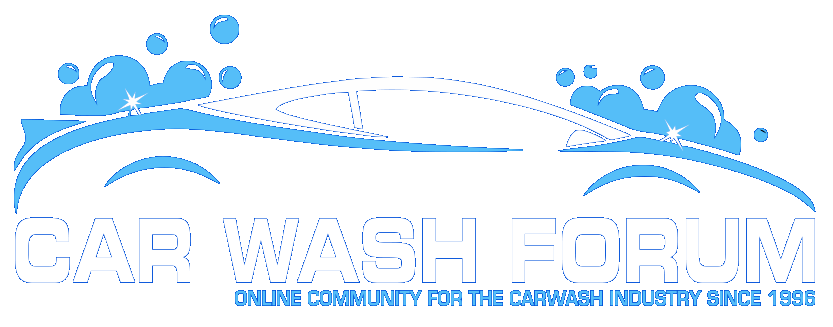TEEBOX
Member
Hello,
What is considered best carwash business practices when it comes to conveyor speed?
I ask because winter is almost upon us and would like to max out conveyor speed without sacrificing quality.
I'm currently at 110 CPH and the backs of the SUV's with visors at the roof line block the wraparounds. The rear windows that are inclined Also, I do not have flex or pivoting wraparounds, mine are Standard up and down wraparounds by Hanna.
My towel dryers clean and dry those areas that are not brushed.
My goal is to reduce the labor at the end of tunnel, no towel dryers. I want to install a on line tire shine applicator, flash drying to start.
Your thoughts!
Thanks in Advance.
What is considered best carwash business practices when it comes to conveyor speed?
I ask because winter is almost upon us and would like to max out conveyor speed without sacrificing quality.
I'm currently at 110 CPH and the backs of the SUV's with visors at the roof line block the wraparounds. The rear windows that are inclined Also, I do not have flex or pivoting wraparounds, mine are Standard up and down wraparounds by Hanna.
My towel dryers clean and dry those areas that are not brushed.
My goal is to reduce the labor at the end of tunnel, no towel dryers. I want to install a on line tire shine applicator, flash drying to start.
Your thoughts!
Thanks in Advance.





